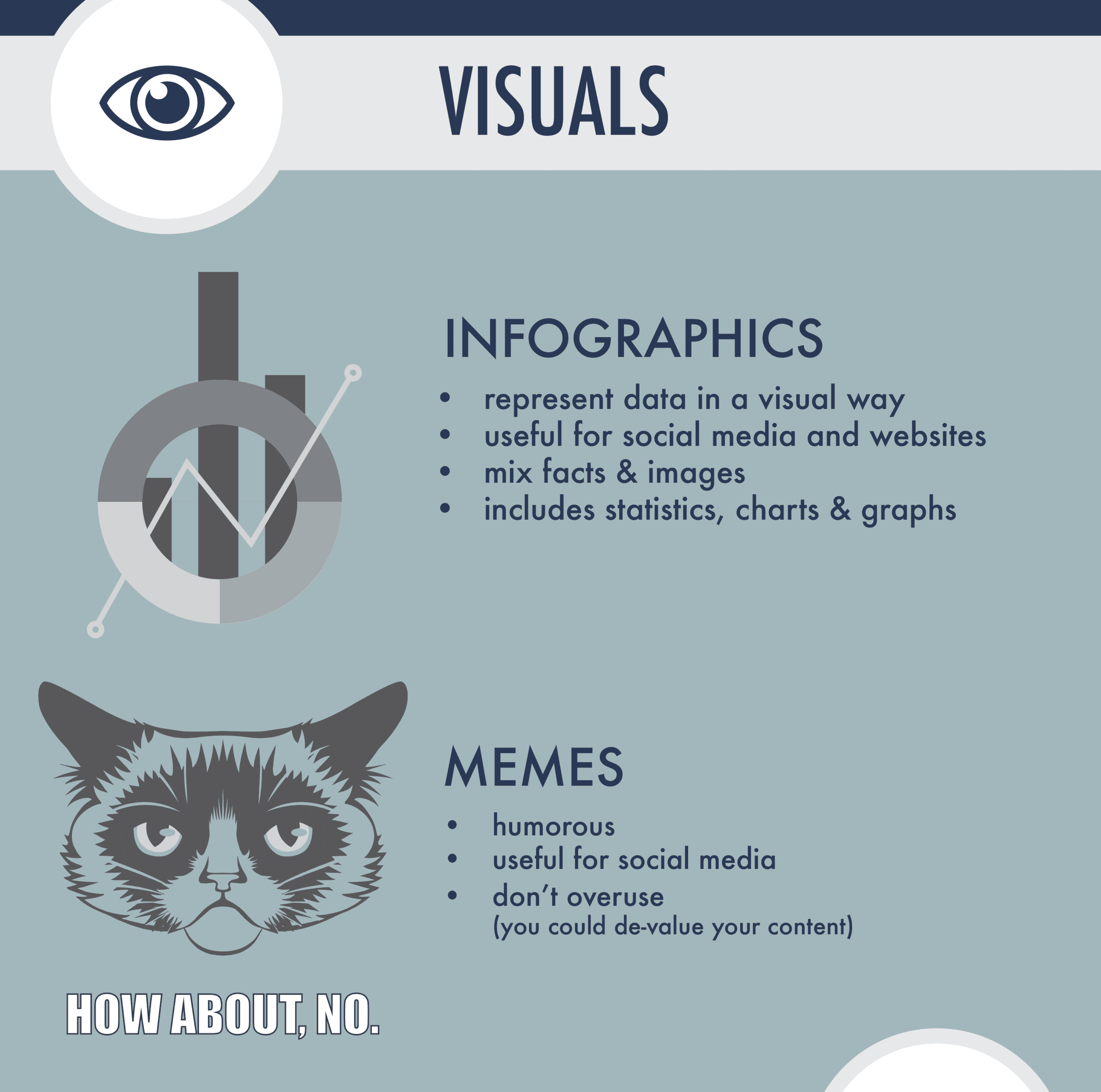
‘Content’ is one of those marketing buzzwords that gets passed around more frequently than your weekly office bulletin. And for good reason — after all, what would content marketing be without the content? But too many people working in businesses from Utah to New England don’t seem to have a good grasp on what content really is — and all the different forms it can take.
Written Content
Probably the first thing you think of when you think ‘content’ is written content. Written content can be a lot of things, from the most basic copy on your website to the most intricately detailed how-to guide.
The most common kinds of written content are:
- Blogs
- Articles
- Stories
- Lists/listicles
- How-to guides
- EBooks
Blogs, when updated regularly, are great for building consistent readership, and provide a forum for addressing topics that may be relevant to the target audience. Articles and stories may cover current happenings in your industry, and lists (or listicles) are a format of written content that’s easily digested and shared — perfect for content marketing.
How-to guides and eBooks are a little more elaborate, but can act as powerful methods for sharing your expertise with your target audience. Work for an adventure sports company in Utah? A comprehensive guide to outdoor activities in Utah is sure to do wonders for your company’s authority within your field — and it provides value to your target audience.
Visual Content
Visual content consists of well, visuals. Visual content is usually created in the form of photos, graphics, infographics or even memes.
Infographics are the pinnacle of visual content in the world of marketing right now. Infographics are more likely to be viewed and shared, and some research even indicates visual information is significantly more likely to be remembered later on down the line.
Your average photo or graphic can be used to liven up your blog posts or company webpages, but they can also boost engagement on social media. As any content marketing expert knows, a Facebook post or Tweet with an image attached gets significantly more engagement than a text-only post.
Finally, memes, a relatively recent phenomenon on the internet, can be used for humorous purposes — and that’s pretty much it. Don’t overuse these (or try to use them when you don’t really understand them) or they may end up devaluing your brand.
Other Media – Video, Podcasts, Interviews
Besides text and visuals, other media formats such as videos, podcasts and interviews can be great ways to liven up your content marketing. Consumer engagement with video has grown tremendously in the past few years, and experts don’t expect its progression to slow anytime soon.
While video is great for the audio-visual audience, podcasts are best for the audiophiles. Invite an expert or panel to join you for an interview on a particular topic, update your podcast regularly and make sure you’re getting the word out. Your audience’s morning commute from Farmington, Utah will never be the same.
Optimize Your Content for Different Platforms
As you can see, there are many different kinds of content, and we’ve only just scratched the surface. Whether you’re a content marketing analyst for a startup in Utah or a marketing director in the Big Apple, transforming your content for all different kinds of mediums is truly powerful.
Looking for an example? Just look at this infographic and video we’ve got to go along with this post.



